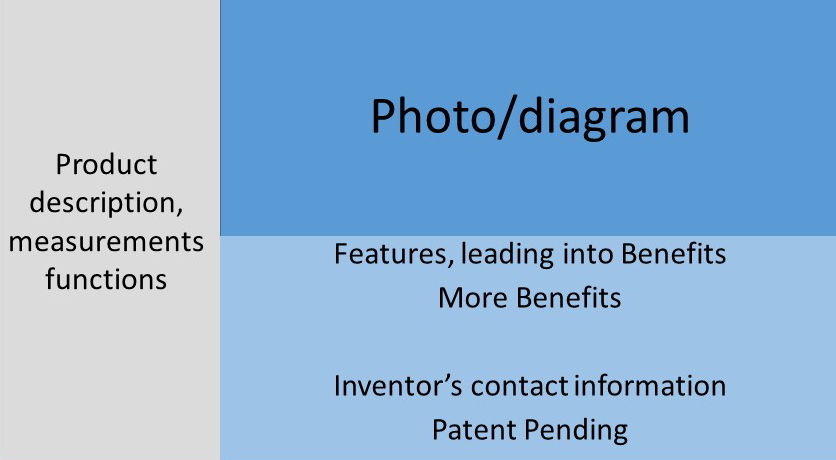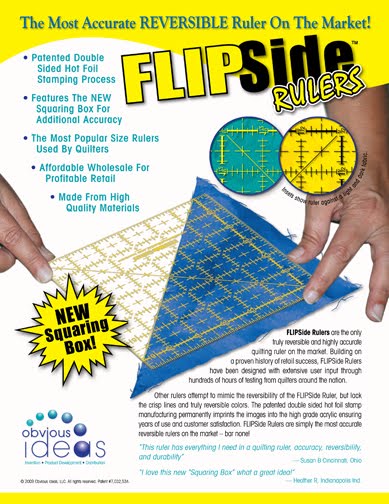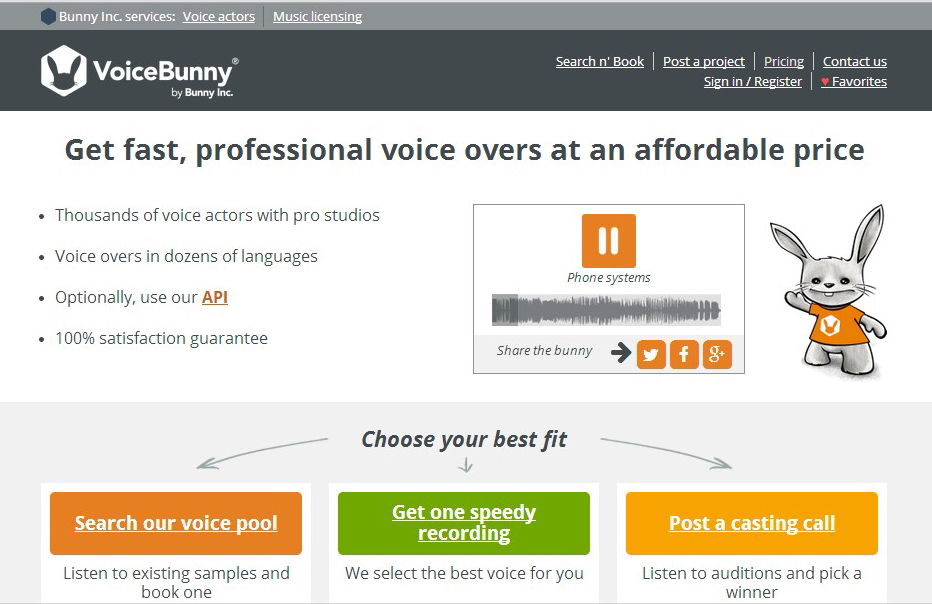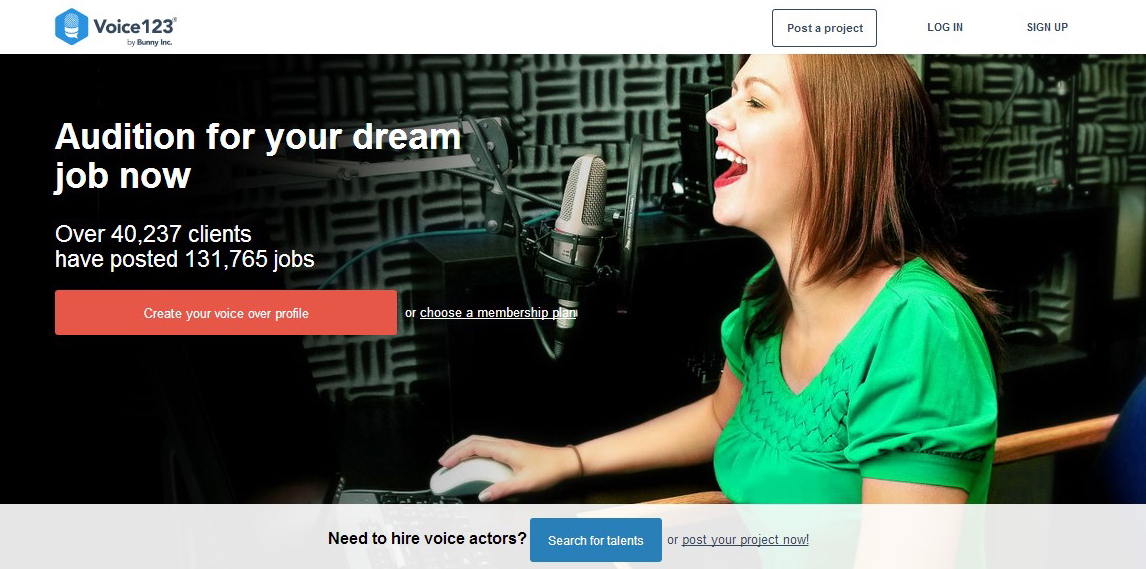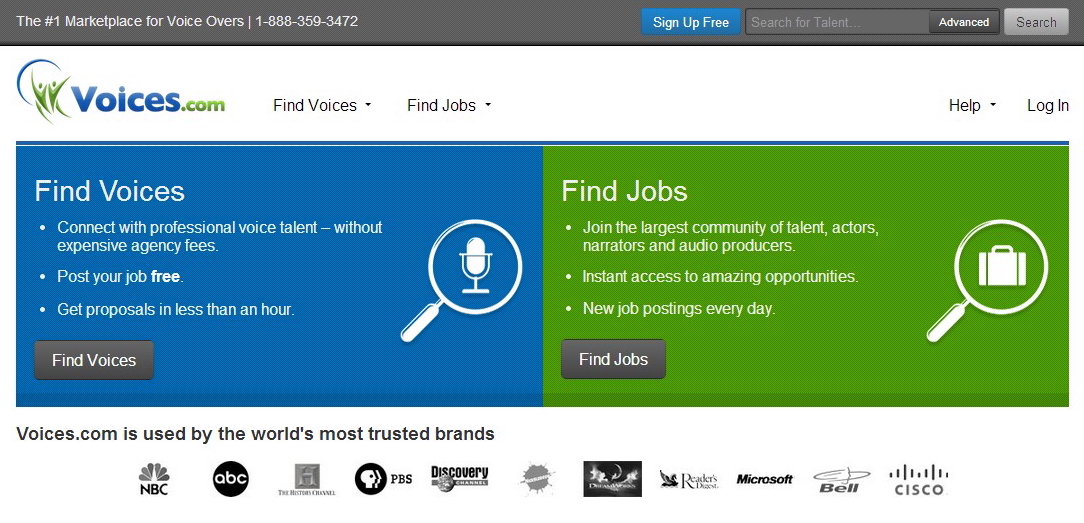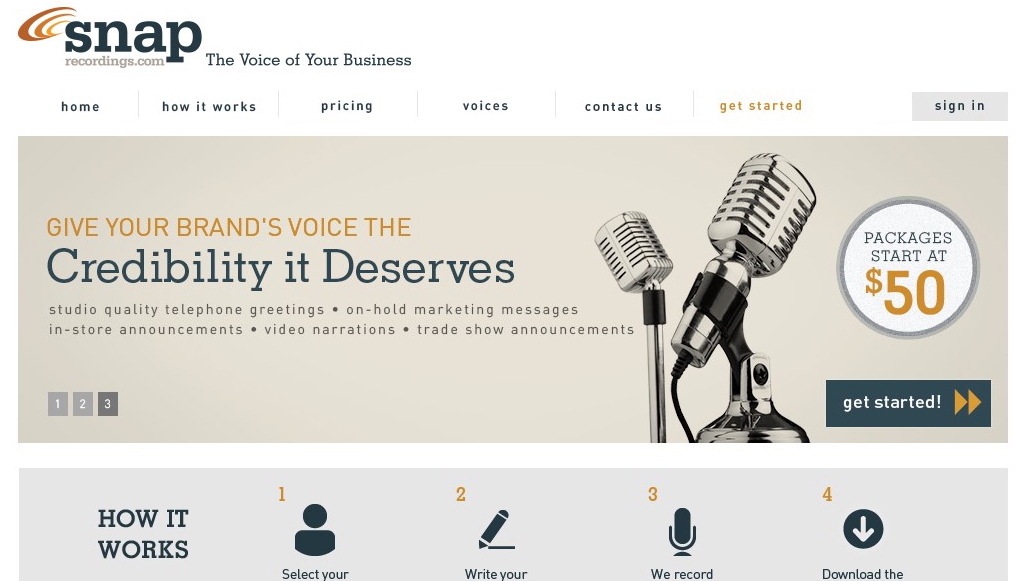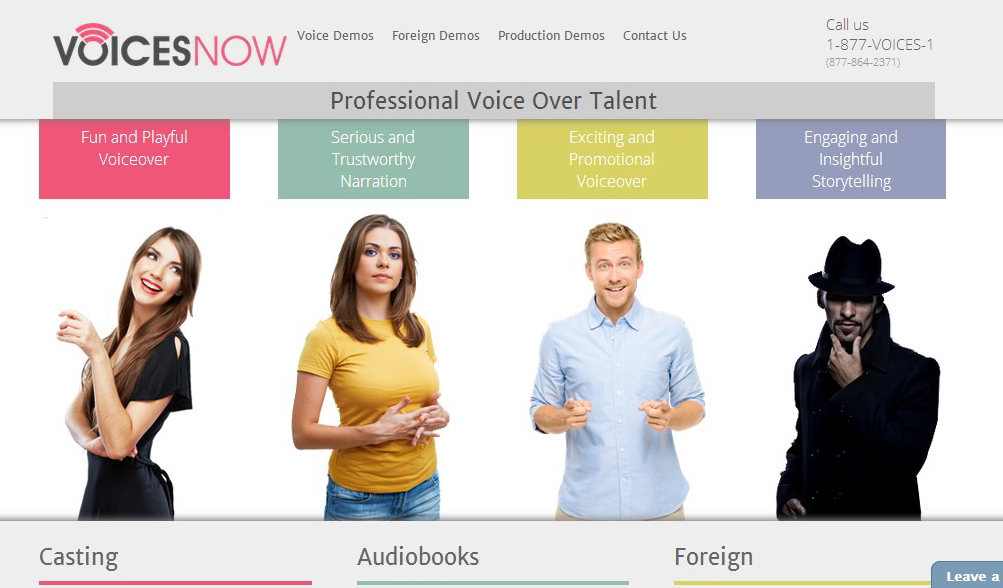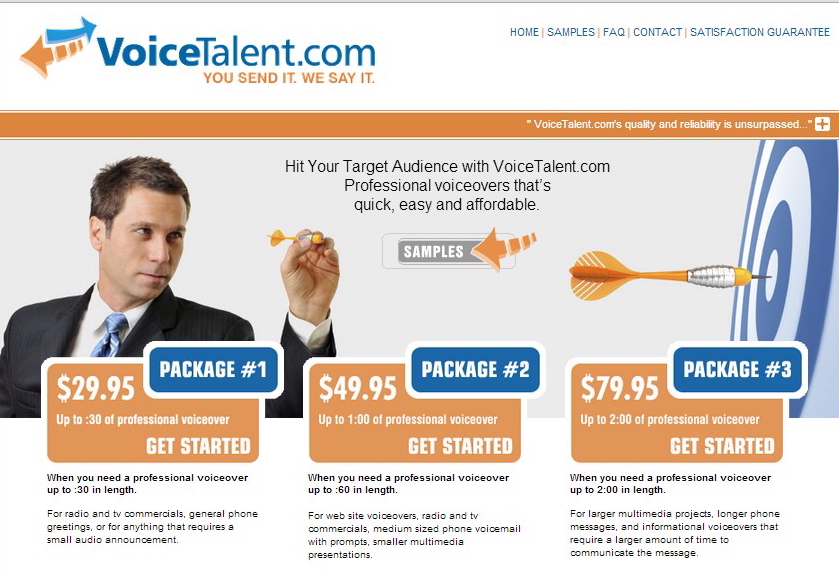If you live long enough, you’ll probably receive a letter from the National Library of Poetry telling you how your poem has been given an “Editor’s Choice” award, and now all you need to do is send money to see it in print. In fact, the National Library of Poetry even has a poem written in its honor and published in the National Library of Poetry:
The Scam
By Edwin James Howard
I was taken by a scam
You know the sort
Write a poem
You might win big bucks
I entered away
A poem dear to my heart
I’m a semi-finalist
Dollar signs in my eyes.
But then comes the line
Pay us to see it in print
We’ll give you a deal
Pay us some more to tell your life.
I love a good scam
I wish it was me
That thought of this first
Have people pay to write poetry.
In the past, it was easy to spot vanity presses and avoid them for the publishing scams that they were. Today, thanks to the digital publishing revolution, the dividing line between legitimate and scam publishers is harder to draw. Furthermore, even for those authors using traditional publishers and literary agents, scams abound. How can you protect yourself and your hard-earned cash from being taken?
Understand how self-publishing works
If you choose to self-publish, you will likely work with a self-publisher that will provide you with a set of services including formatting, cover design, copyright registration, distributor listing, etc. in exchange for a set fee. This self-publisher will also print your materials for you using either an in-house or (more than likely) outsourced printer.
The cost of printing is fairly even across the board with most self-publishers- or at least it should be- because most self-publishing companies use the print-on-demand company Lightning Source as their outsourced printer. Click here to find out more about expected printing prices using Lightning Source. If a self-publisher wants to charge you substantially more than what the typical printing cost would be using a printer like Lightning Source, that exorbitant fee should immediately raise a red flag with you.
Understand how much publishing really costs
Self-publishers may also charge a premium for such things as purchasing ISBNs or a copyright, when in fact you can buy these items yourself for a much lower fee. Granted, a self-publisher needs to make a profit somewhere; however, profits are typically derived from book sales (through royalties) and not by gouging the author on publishing products. When publishing companies derive the majority of their profits from the authors and not book buyers, they become knows as vanity presses (and get sued). Click here to learn more about protecting yourself from self-publishing scams.
Some self-publishers that have been flagged as vanity presses because of their high printing charges include Arbor Books, AuthorHouse, iUniverse, Llumina Press, WinePress Publishing and Xlibris. Interestingly, AuthorHouse, iUniverse and Xlibris are all owned by Author Solutions, which was sued in April of 2013 for selling poor quality products, not reporting actual book sales (and thus, royalties) and up-selling unnecessary services to authors. Click here to read the entirety of the Author Solutions lawsuit.
Understand how traditional publishing works
Many authors choose traditional publishing houses like Random House or Penguin because these outlets appear more “legit” in the literary world. The main advantage with big-time publishers is that they have both the marketing budget and sales force to actively work with distributors in promoting new books. Of course, the caveat to this statement is that most of the marketing budget and sales force are dedicated to promoting books written by celebrities or already famous authors, not you. In fact, if you as the newbie author don’t already have some kind of following for your book, it’s doubtful that your book sales will be the result of publisher efforts.
The other, though highly debatable, advantage with traditional publishers is that you don’t pay for the actual publishing of your book. Instead, you sign a contract where you give your publisher certain rights to your book and, in exchange, receive an advance and royalties from its sale.
If you use a traditional publisher, read your contract carefully and hopefully with an attorney proficient in literary agreements. Look out for clauses that state “in perpetuity,” as these items often strip you of the rights to your own book for the remainder of your lifetime- and then some.
Understand the publishing middlemen
Because it’s become even more challenging to pitch a book directly to traditional publishers, literary agents are often called upon as the middlemen between authors and publishers. Literary agents are often former publishing house editors who chose to become promotional agents for aspiring authors. Literary agents must also be pitched to and, should they decide to take on that aspiring author, deal directly with the publishing houses to promote her book.
Unfortunately, just like some publishers, there are many unscrupulous literary agents who prefer to make money off the author rather than the book. Some literary agents charge a reading fee for looking over a manuscript (which may or may not even get read). For example, the “literary agency” Kissane Communications, which is based in South Barrington, Ill, once took a newbie author for a ride by charging a $150 reading fee for her novel, which was then read only until about page 20 and then probably discarded. I know this because this newbie author was me, way back in 1992 and before the age of scam-busting websites like I’ve Tried That.
A reputable literary agent does not charge a reading fee- nor any fee, for that matter- because a literary agent works to make an eventual commission on your book sales. To find a reputable literary agent, start with the Association of Authors’ Representatives website for a listing of agents. Then, follow up on specific agents by checking out their websites and which authors they’ve worked with in the past. Don’t be afraid to contact those authors to obtain a thorough review of the agent in question. And finally, should you decide to work with a particular agent, always have an attorney check over the contract you eventually sign.
Understand the new “traditional publisher” publishing scam
If you don’t want to give a literary agent a slice of your earnings or if you already know someone in the traditional publishing business, then you may wish to pitch traditional publishers directly. Be aware, however, that traditional publishers are taking huge financial losses to their business models thanks to self-publishers. As a result, many well-known and even respected traditional publishing houses have made deals with self-publishers/vanity presses in order to profit from newbie author ignorance.
Remember Author Solutions, the self-publisher that owns a suite of vanity presses like AuthorHouse and iUniverse? As of 2012, this company is actually a subsidiary of Penguin Group- yeah, the same Penguin that probably published your high school textbooks. And it’s doubtful that Penguin will clean up this vanity press because guess who now sits on the Penguin Board of Directors? Yep, none other than AS CEO Kevin Weiss. And the story doesn’t end there; this year, Penguin joined forces with Random House, another big-time publisher.
If you think Simon & Schuster is better, think again: Last year, S&S announced that it was launching the vanity press Archway Publishing. It turns out that Archway Publishing is a subsidiary of…wait for it…Author Solutions. Other big publishing names are also getting down and dirty: Writer’s Digest has launched Abbott Press, Hay House now has Balboa Press, and Thomas Nelson has WestBow. Even the bodice-ripper Harlequin has gotten in bed with vanity publishing. And guess what else? All these vanity publishers are subsidiaries of…I feel like I’m repeating myself…Author Solutions.
Why am I calling these new publishing imprints scams?
Let’s say a traditional publisher, say S&S, receives a query letter from a newbie author and declines to publish his book. However, instead of taking the loss of potential author income for what it is, S&S can now tell the author that their new imprint, Archway Publishing, will be more than happy to publish his book. To the newbie author, it sounds like S&S is saying yes to the book- after all, Archway is a part of S&S, right?
What the author doesn’t realize is that the S&S name will never be printed on any part of his book. S&S will also never have a hand in marketing or selling that book. Instead, those tasks will fall on, in essence, Author Solutions. Given its recent lawsuit, how much of a vested interest do you think AS will have in actually trying to sell an unknown author’s book?
The Publishing End Game
Publishing is a business and, like all businesses, is prone to corruption and scams. You as the author need to exercise due diligence when dealing with publishers by any name and affiliation. Too many newbie authors become so enamored with the idea of finally being published that they don’t do their homework on who their publisher/literary agent really is. Don’t become another publisher/literary agent statistic.
